Effect of the water extract of Galega officinalis L. on human platelet aggregation
2018-04-18

What is Galega officinalis Extract?
Galega officinalis, commonly known as galega, goat’s-rue, French lilac, Italian fitch, or professor-weed, is an herbaceous plant in the Faboideae subfamily. It is native to the Middle East, but it has been naturalized in Europe, western Asia, and western Pakistan. The plant has been extensively cultivated as a forage crop, an ornamental, a bee plant and as green manure.[4] However, the plant has proved too toxic for widespread agricultural use, with the potential to induce tracheal frothing, pulmonary oedema, hydrothorax, hypotension, paralysis and death.
Its name derives from gale (milk) and ega (to bring on), as Galega has been used as a galactogogue in small domestic animals (hence the name “Goat’s rue”). Galega bicolor is a synonym. It is a hardy perennial that blooms in the summer months.
G. officinalis is used as a food plant by the larva of Coleophora vicinella, a species of moth.
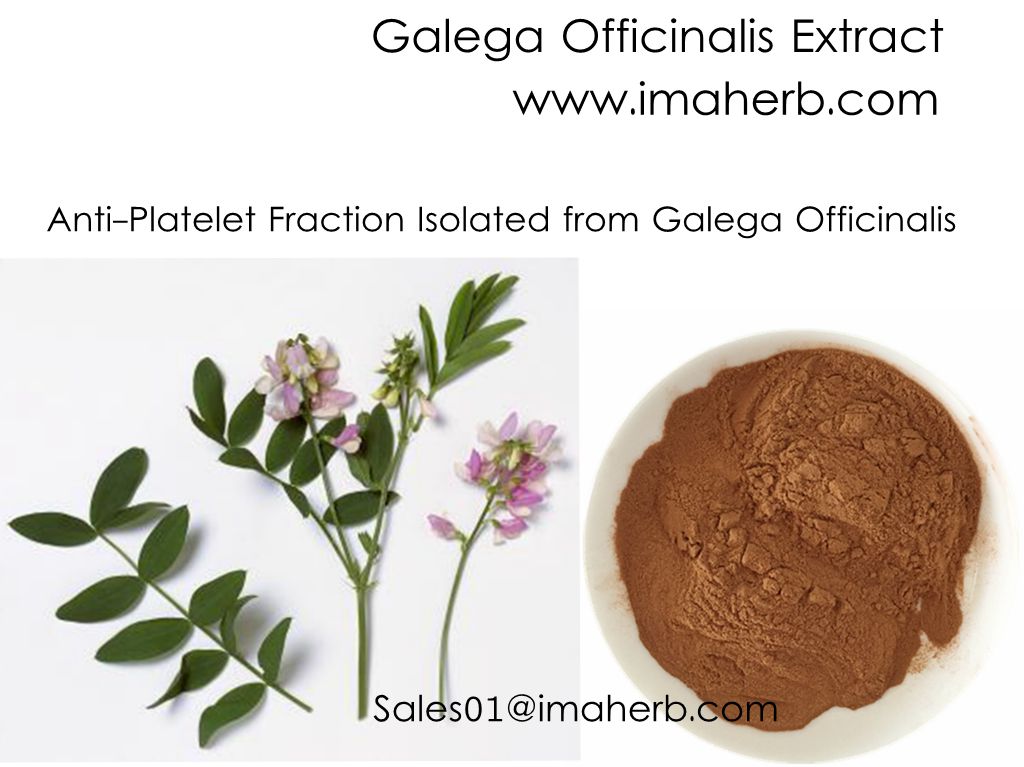
Galega officinalis, benefits
The benefits of Galega can be found on different aspects of our health. This plant can be useful in case of:
Anti- Platelet Fraction Isolated
High blood sugar
Diabetes in light form
Water retention
Poor milk production (even in animals)
G. officinalis has been known since the Middle Ages for relieving the symptoms of diabetes mellitus. Upon analysis, it turned out to contain compounds related to guanidine, a substance that decreases blood sugar by mechanisms including a decrease in insulin resistance, but were too toxic for human use. Georges Tanret identified an alkaloid from this plant, galegine, that was less toxic, and this was evaluated in unsuccessful clinical trials in patients with diabetes in the 1920s and 1930s.
Other related compounds were being investigated clinically at this time, including biguanide derivatives. This work led ultimately to the discovery of metformin (Glucophage), currently used for the management of diabetes and the older agent phenformin. The study of galegine and related molecules in the first half of the 20th century is regarded as an important milestone in the development of oral antidiabetic pharmacotherapy.
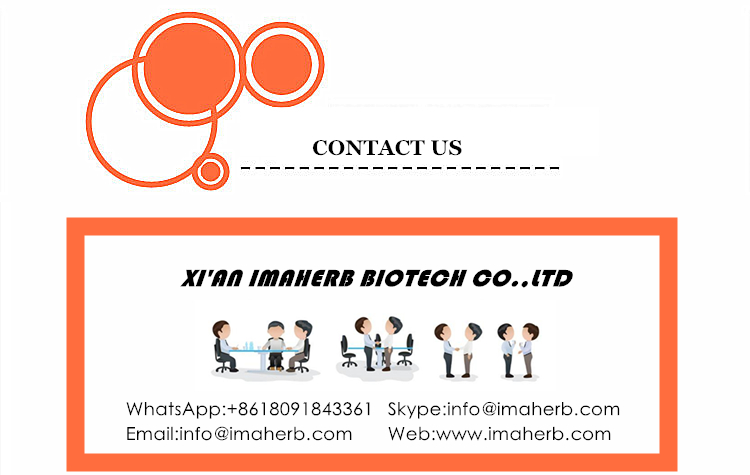






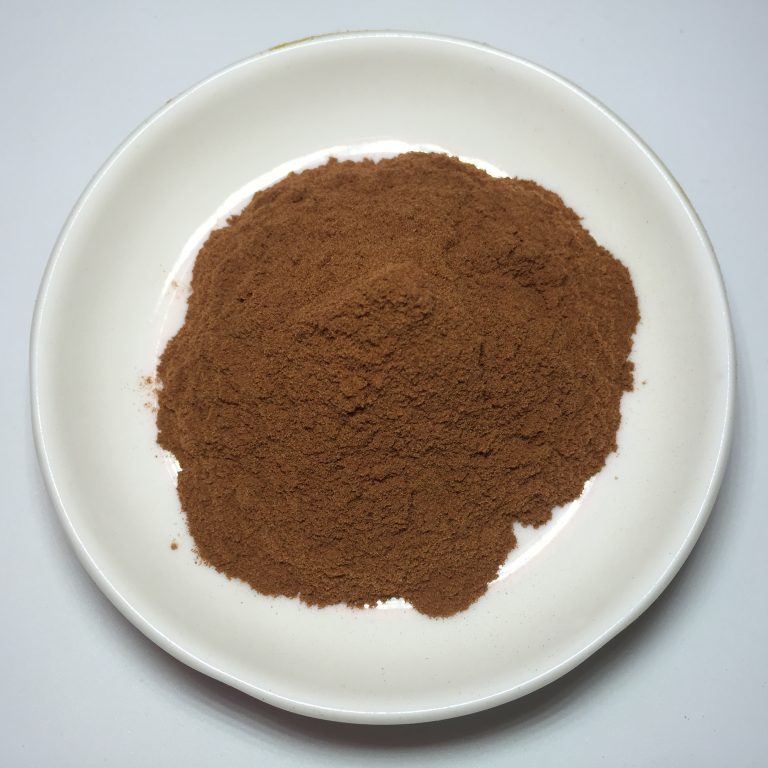 Imaherb China manufacturer supply Apple Extract Powder
Imaherb China manufacturer supply Apple Extract Powder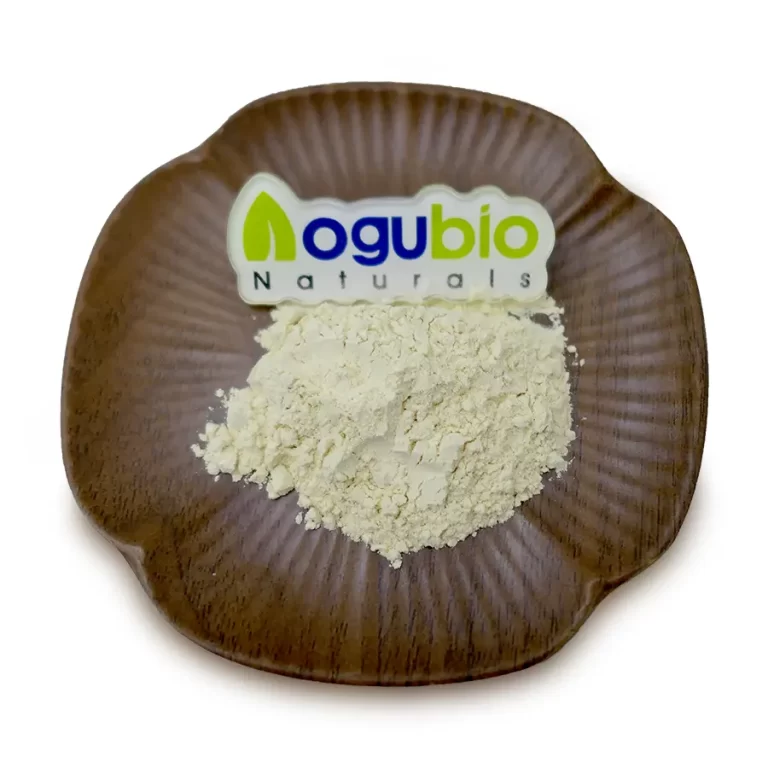 Imaherb China manufacturer supply Apigenin Powder 98%
Imaherb China manufacturer supply Apigenin Powder 98%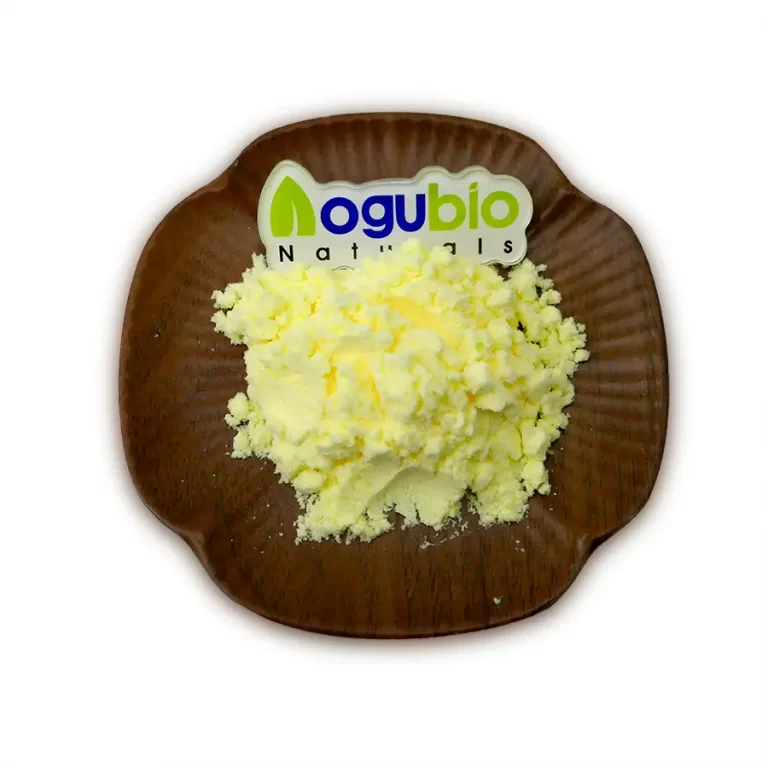 Imaherb Factory supply Alpha Lipoic Acid Powder CAS 1077-28-7
Imaherb Factory supply Alpha Lipoic Acid Powder CAS 1077-28-7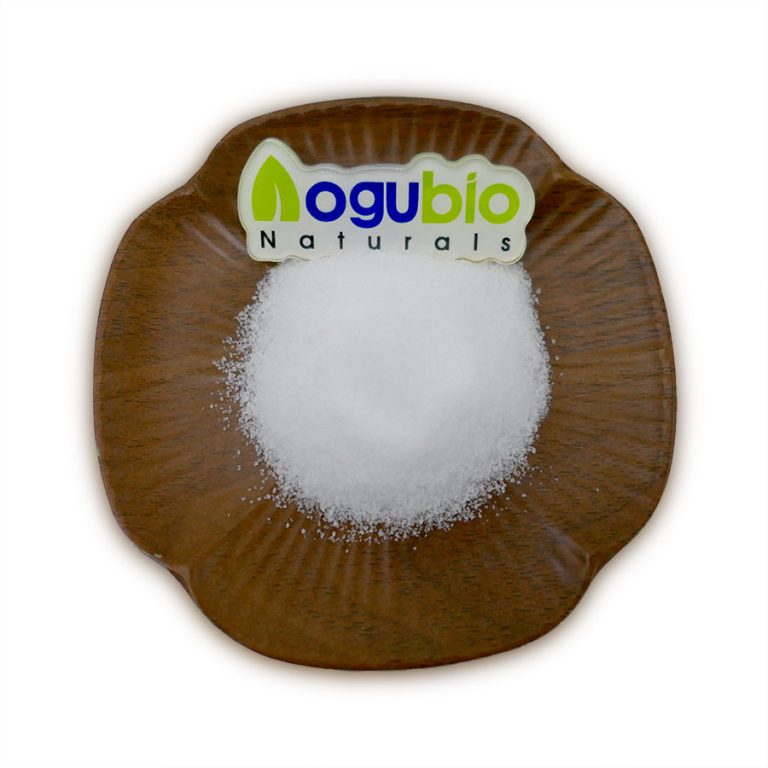 Imaherb Factory supply Alpha GPC Powder CAS 28319-77-9
Imaherb Factory supply Alpha GPC Powder CAS 28319-77-9 Imaherb Factory supply Alliin Powder 98% CAS 556-27-4
Imaherb Factory supply Alliin Powder 98% CAS 556-27-4 skype
skype Sales Manager
Sales Manager Rebekah
Rebekah Rachel
Rachel Miranda
Miranda Camilla
Camilla
 Sales Manager
Sales Manager